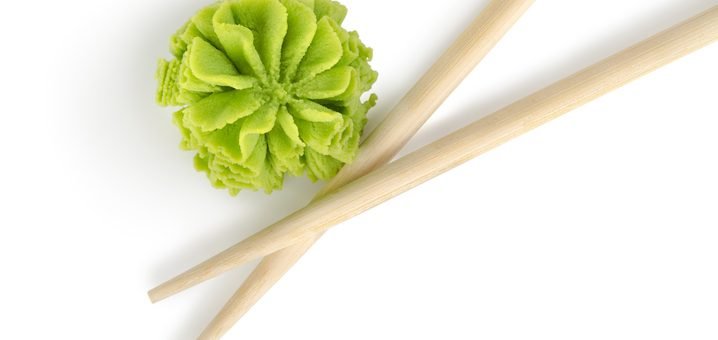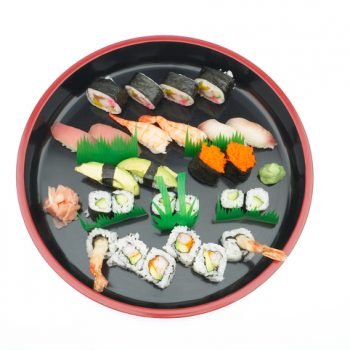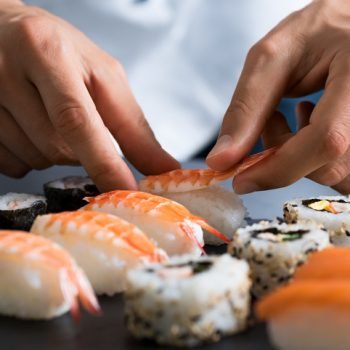
Wasabi Etiquette: The Do’s and Don’ts from Tokyo to Denver
- Posted by admin
- On April 10, 2017
- 0 Comments
- Wasabi, Wasabi Etiquette
If there’s somebody who’s never had sushi before, they might ask what that small ball of green paste is. More than a few people have cunningly replied, “It’s wasabi. Try it, it’s good.” Then tried not to chuckle when their dining companion suddenly starts gulping water!
We at Matsuhisa enjoy a good joke as much as anyone, but there’s usually a serious reason for Japanese wasabi to be used.
An Old Flame
Wasabi has been cultivated for centuries in Japan and been used for millennia as medicine and food supplement before that. During the Edo Period, when sushi first was made using freshly caught fish instead of fermented fish, wasabi was used to help cut the unpleasant fish odors as well as prevent food poisoning.
The Old Fashioned Way
Curiously enough, wasabi for sushi is not generally common in Japan. If wasabi is used in sushi, it’s not something that is added to the roll after it has been prepared, but rather worked into the roll itself, ideally on the fish and very thinly applied.
Dunking a ball of wasabi paste into soy sauce and then biting into the roll is considered the height of bad manners. After all, the chef went to the trouble of preparing the roll a certain way. It’s only right to experience what he had in mind when he made it.
Only In America
It’s hard to say where exactly the tradition of plating both wasabi and pickled ginger with sushi started. It may have been intended as a convenience for people eating sashimi and sushi at the same time, since the wasabi traditionally was used with the former and the pickled ginger is typically used as a palate cleanser for the latter.
From there, it was probably only a short step to somebody saying, “Hey, let’s see how this tastes!” While there’s nothing to say that you can’t have some wasabi with your sushi, particularly if you like the burn or feel like the fish is perhaps a bit off, its presence in American sushi restaurants is unique to America.


